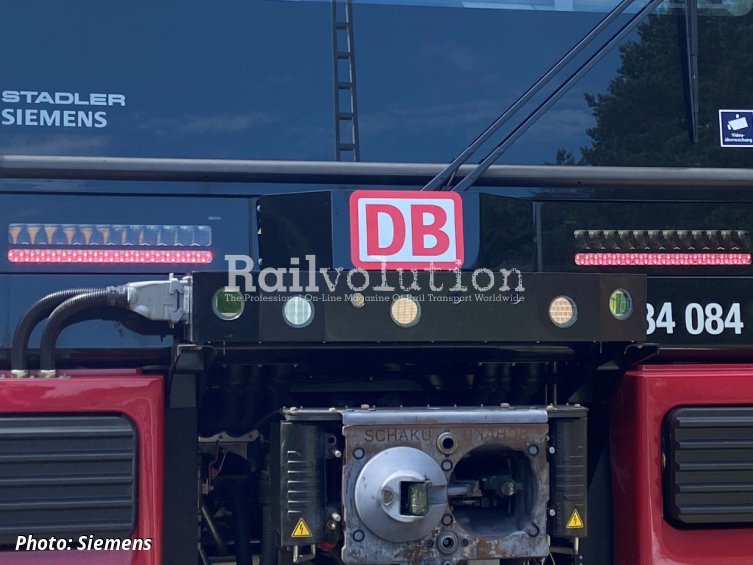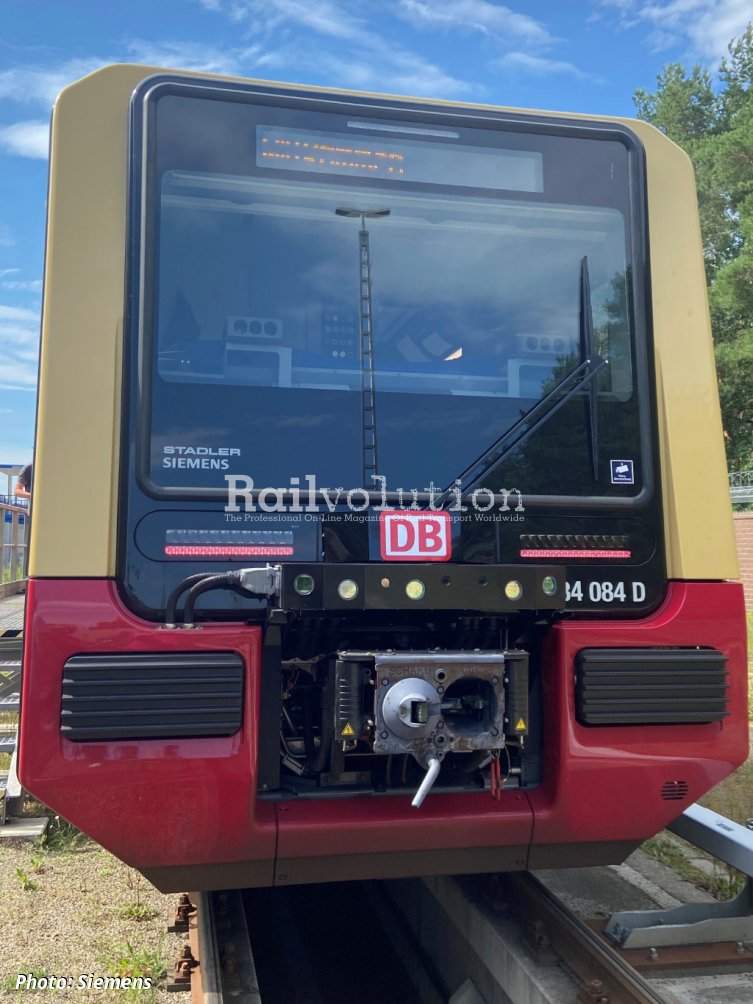Innovative obstacle detection system is being tested for the first time on the Berlin S-Bahn
posted on 12th Jul 2024 20:02
Automated operation is a key function for expanding rail capacity and strengthening the performance of railways. Working together with S-Bahn Berlin, Siemens Mobility has installed and will be testing an obstacle detection system - a key technology component for enabling fully automated driving - for the first time in commercial operation.
The project’s goal is to thoroughly evaluate the performance of the new obstacle detection system during daily operation in various weather and route conditions. The test data will be used to further refine the system and optimize the positioning of the detection sensors. The system will record background data for the duration of the project, and neither the train drivers nor the passengers will notice its operation.
In the future, the obstacle detection system can help drivers avoid accidents, which will stabilize daily S-Bahn operations and increase punctuality. The system promises to be a key technology for enabling digitalized, fully automated rail operations in the future.
Testing of the technology will be carried out in a partnership between Siemens Mobility (installation supervision, sensors, hardware, software and digital map), S-Bahn Berlin (trains, installation, operation), and Digitale Schiene Deutschland/DB InfraGo (digital mapping, open data platform). Results of the tests will be evaluated together with the VBB.
On the technical side, the sensors used in the project will include high-performance LiDARs for close- and long-range object detection and an infrared camera. The algorithms for evaluating the sensor data have been specially developed for the rail sector in the "Berlin Digital Rail Operations - BerDiBa" research project by Siemens in Berlin-Adlershof and have already been optimised several times.
The system continually compares the position of a train with the location of detected objects using a digital map. Decisions whether to warn the driver or brake the train are made on the basis of these ongoing calculations. A newly developed map from DB InfraGo, which depicts reality with centimeter-accurate precision in 3D, is being used for this purpose for the first time.
As part of the Digital Rail Germany initiative, Siemens and Deutsche Bahn are pursuing a new approach to accelerate the introduction of this detection technology in the rail sector and promote innovation in Germany. In the project, selected data showing obstacles on the track will be made available centrally in anonymized form and can be used for research purposes, such as training AI models or for system validation.
Following a one-year test phase through all seasons, the assistance system should be ready for use as an emergency braking assistance system that operates in the background to support the driver. On the basis of the data generated during this phase, it will be possible to use the system together with other automation components for automated driving at low speeds, such as during depot shunting or when deploying or shutting down a train. The field test aims to:
- Gain knowledge about boundary conditions for obstacle detection with the help of joint data evaluation,
- Record and evaluate the performance of the sensor technology under special operating conditions such as rain, fog, snow, and dirt,
- Minimize risks related to planning projects (technology, calculations, deadlines), and
- Optimize system settings to avoid false alarms, essential for driverless operation.
The cooperation partners Siemens Mobility, Deutsche Bahn (S-Bahn Berlin, DB InfraGo, DB Systemtechnik) and the states of Berlin and Brandenburg with the Berlin/Brandenburg Transport Association will jointly analyse the findings and data from the project in the research project. Installation of a set of prototype sensors for detecting obstacles has already been completed in an S-Bahn Berlin train. As part of the field test, up to ten trains in the Berlin S-Bahn fleet will be equipped with the sensors. Once the field test has been completed, it is planned to remove the sensors.

